
Alpine A110 review
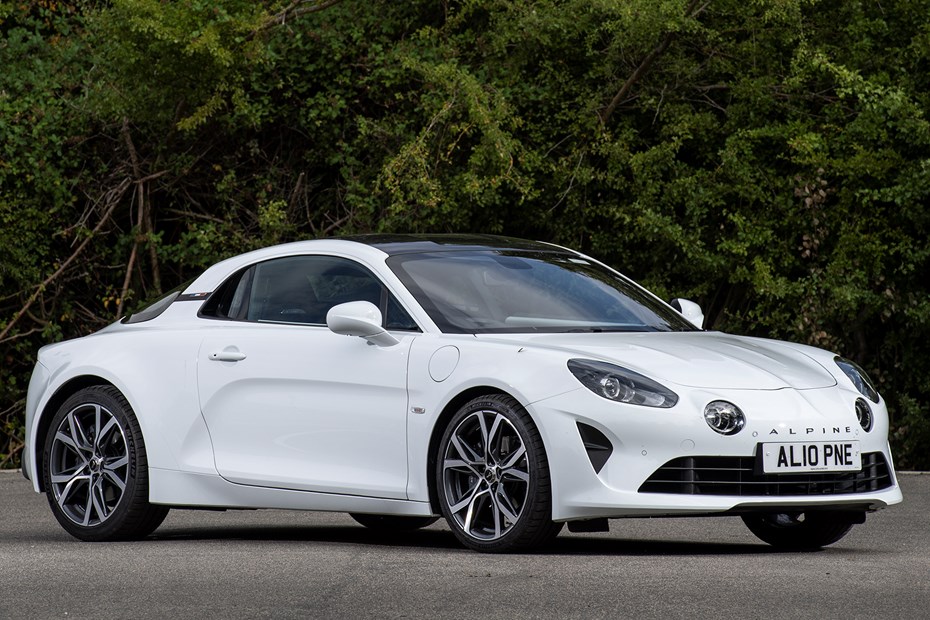
At a glance
| Price new | £55,160 - £106,490 |
|---|---|
| Used prices | £23,206 - £100,050 |
| Road tax cost | £620 |
| Insurance group | 44 - 50 |
Get an insurance quote with

|
|
| Fuel economy | 38.7 - 42.2 mpg |
| Range | 386 - 455 miles |
| Miles per pound | 5.7 - 6.2 |
| Number of doors | 2 |
| View full specs for a specific version | |
Available fuel types
Petrol
Pros & cons
- Brimming with feel and poise
- Lightness of build and compactness
- Usable and comfy in everyday driving
- Long waiting list for UK buyers
- infotainment lags behind rivals
- Er, that's about it, really
Alpine A110 Coupe rivals
Overview
It’s fair to say that Renault made quite a splash with the Alpine A110 since reviving the brand in 2017, including winning Parkers Best Fun Car award for three years in a row until 2024. The French carmaker has successfully established itself as a force to be reckoned with in the sports car market.
Before we get into how the French company is smashing it out of the park, let’s explain what’s under the skin of this lithe and pretty little car. It’s a bespoke coupe that’s based on all-aluminium architecture, and powered by a mid-mounted four-cylinder turbocharged engine driving the rear wheels. It’s been designed and developed with an obsessive attention to detail for weight saving, and styled to evoke memories of the company’s most iconic 1960s car.
In terms of where the Alpine A110 slots into the market, consider that it costs between £50,000 and nearly £100,000, and has a 0-62mph time of 4.5 seconds (4.2 for the A110S and A110 GT, 3.9 for the R), the French company is rather ambitiously taking aim at the Porsche 718 Cayman, the exciting new Lotus Emira, the almost unobtainable Toyota GR86 and soon-to-be-discontinued Audi TT-RS. These are tough rivals – but the Alpine is lighter, more agile and focused than all. Refreshed for 2022, it’s more competitive than ever.
The first and most notable stat to quote is that this Alpine A110 weighs just 1,103kg. The first 1,955 A110s were built in Premiere specification, which adds some equipment, but subsequent production versions were even lighter, at 1,081kg. In short, it’s lighter than all of its rivals, and is blessed with an impressive power-to weight ratio.
The A110 is made almost exclusively from aluminium, with body panels made from the stuff bonded to a stiff and light understructure. But it doesn’t stop there – the bespoke Sabelt racing seats weigh just 13kg each, the rear brake calipers incorporate an electronic parking brake actuator (a world first to reduce costs), and even the stereo gets lightweight speakers to pare those all-important kilos.
Just like the formidable Porsche 718 Cayman, the Alpine A110 is available in a number of versions. Varying degrees of focus on power and different ride/handling set-ups depending on just how driver-focused you want it. Unlike the Porsche, there are no six-cylinder options – but with up to 300hp wrapped up in that svelte lightweight body, this balanced sports car doesn’t need it.
Is the Alpine A110’s undoubted cocktail of talents enough to see off some of the toughest rivals in the business? Over the next few pages we’ll be thoroughly reviewing all aspects of the Alpine A110 and rating them in our verdict. Our scores will take into account the driving experience, how pleasant the interior is, and what it’ll cost you to run.



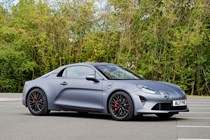
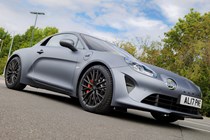
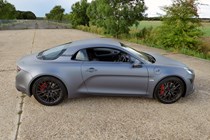
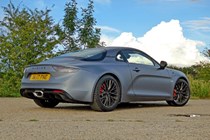
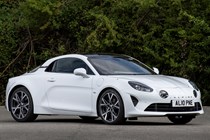
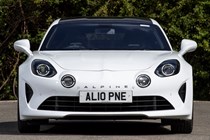
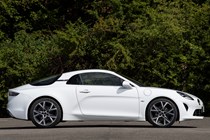
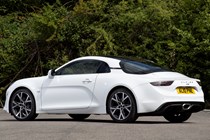
.jpg)
.jpg)
.jpg)
.jpg)
.jpg)
.jpg)
.jpg)
.jpg)
.jpg)
.jpg)
.jpg)
.jpg)
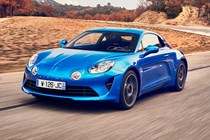
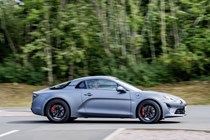
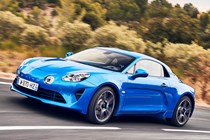
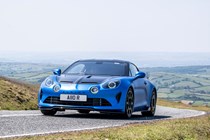
.jpg)
.jpg)
.jpg)
.jpg)
.jpg)
.jpg)
.jpg)
.jpg)
.jpg)
.jpg)
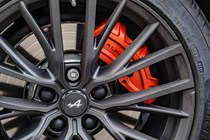
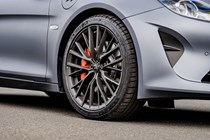
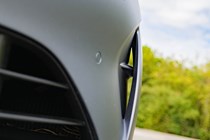
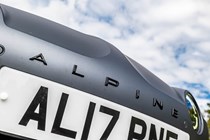
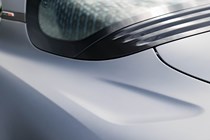
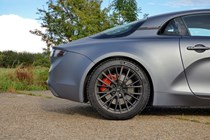
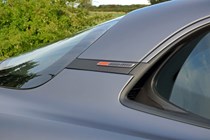
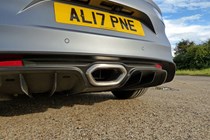
.jpg)


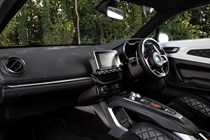
.jpg)
.jpg)
.jpg)
.jpg)
.jpg)
.jpg)
.jpg)
.jpg)
.jpg)
.jpg)
.jpg)
.jpg)
.jpg)
.jpg)
.jpg)
.jpg)
.jpg)
.jpg)
.jpg)
.jpg)
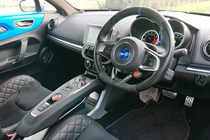
.jpg)
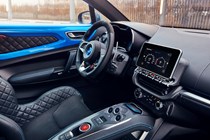
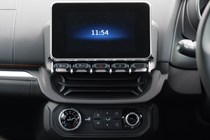
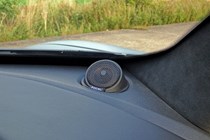
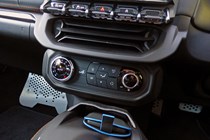
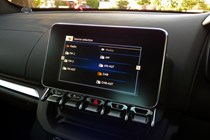
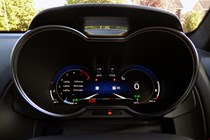
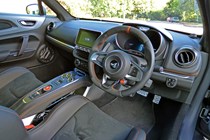
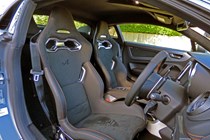
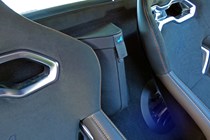
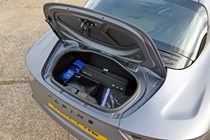
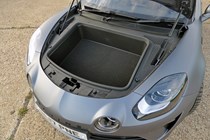
.jpg)
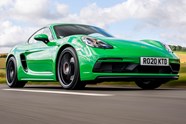
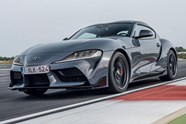
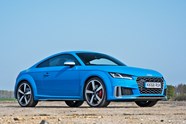









.jpg?quality=50)
.jpg?quality=50)
.jpg?quality=50)
.jpg?quality=50)
.jpg?quality=50)
.jpg?quality=50)
.jpg?quality=50)
.jpg?quality=50)
.jpg?quality=50)
.jpg?quality=50)
.jpg?quality=50)
.jpg?quality=50)




.jpg?quality=50)
.jpg?quality=50)
.jpg?quality=50)
.jpg?quality=50)
.jpg?quality=50)
.jpg?quality=50)
.jpg?quality=50)
.jpg?quality=50)
.jpg?quality=50)
.jpg?quality=50)








.jpg?quality=50)



.jpg?quality=50)
.jpg?quality=50)
.jpg?quality=50)
.jpg?quality=50)
.jpg?quality=50)
.jpg?quality=50)
.jpg?quality=50)
.jpg?quality=50)
.jpg?quality=50)
.jpg?quality=50)
.jpg?quality=50)
.jpg?quality=50)
.jpg?quality=50)
.jpg?quality=50)
.jpg?quality=50)
.jpg?quality=50)
.jpg?quality=50)
.jpg?quality=50)
.jpg?quality=50)
.jpg?quality=50)

.jpg?quality=50)











.jpg?quality=50)